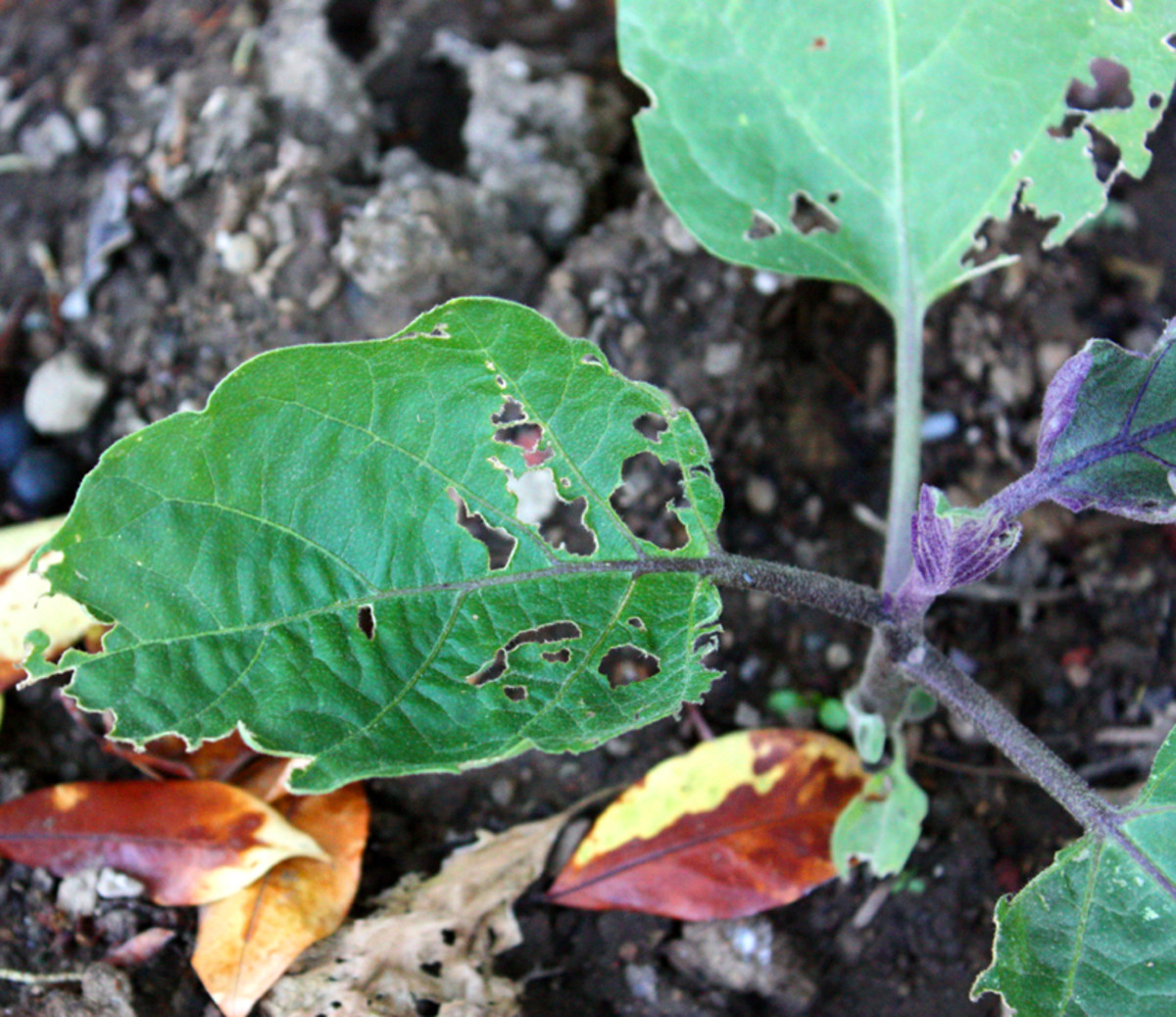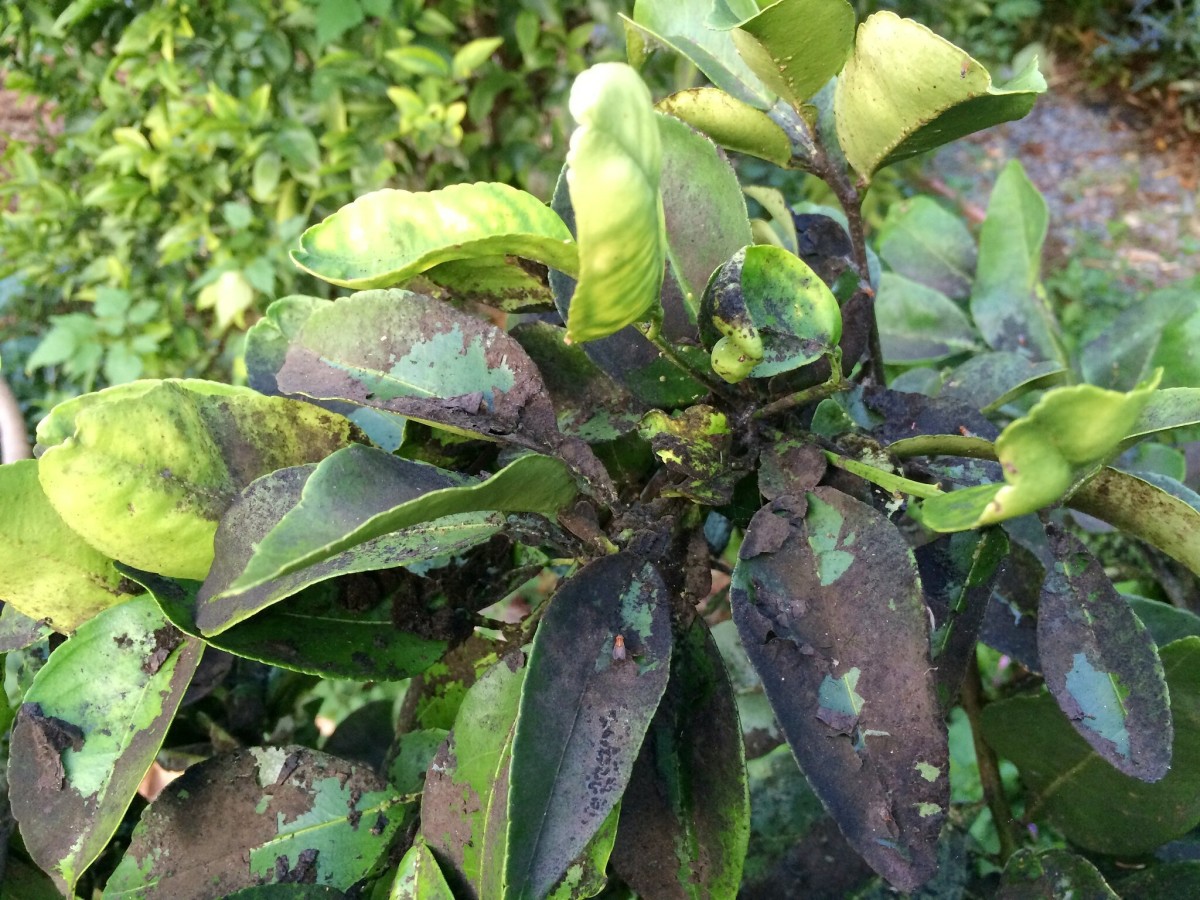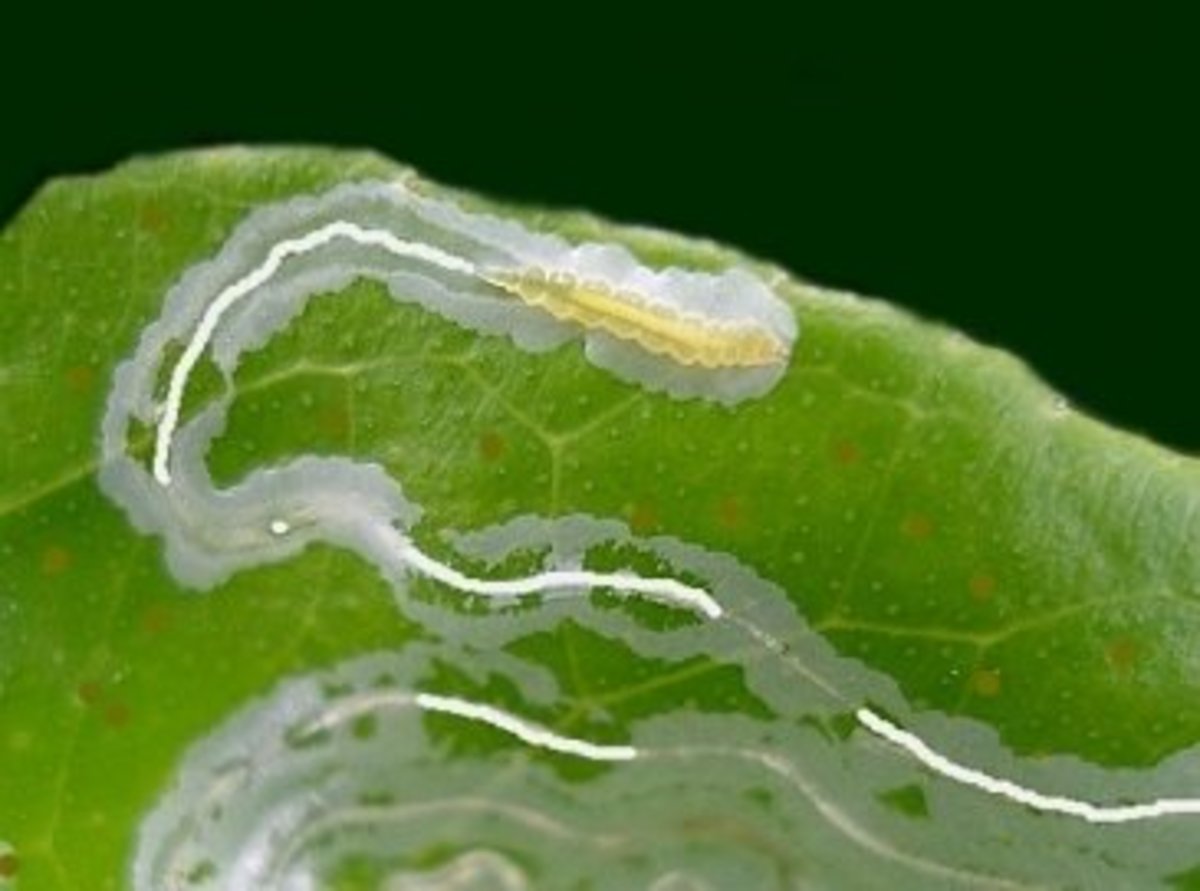Ways to control the killer slugs
There are many different ways to try to decrease the amount of slugs in your garden. I am not a person who normally suggest ways to kill any animals but when it comes to the killer slug I make an exception. In case you wonder what a killer slug is I can tell you that it is a slug from Spain and Portugal that is called the killer slug because they have become an invasive alien species in northern Europe. Their real name is: Arion lusitanicus or Arion vulgarism. You can read more about them here.
I know there are pesticides that can be used but I prefer other methods if it is possible. So here is some tips:
Cut them and collect them.
The best way to kill them is to cut them in half. Best tools to use are pruning shears or hedge clippers. Cut them just behind the head, some say that they will die immediately without any pain. After the cutting is done there are many tips about how to go from there. Some say that you should pick them up immediately to prevent eggs to spread. But some suggest that one instead should let them just lie there and patiently wait for their friends that undoubtedly will come for a treat. Because the killer slugs are cannibals and they can´t resist a juicy bite of another slug. When the brothers and sisters come along you can cut them too in half! After a while you can pick up what mostly look like a terrible mess but remember to let the most recently killed slug remain as a decoy. In this way you know where to find them.
Collect them in plastic bags and throw them in the waste bin. Repeat this every morning and every night.
Personally I use a sharp shovel instead. It is just as effective and I prefer it before the snip snapping at close range with a pruning shears. Somehow they are disgusting and I don’t want to look at them up close. Some of my friends use barbecue tongs to pick them up and throw them in a plastic bag but that is not an option for me since I want to think of food when I see a barbecue tong and not slugs.

Biological methods
There are some biological ways to try against the killer slugs.
Use nematode
One way is to use nematodes that are a sort of roundworm. The Latin name is phasmarhabtitis hermaphrodita. The nematodes can get into the slugs and kills the slugs from inside with the aid of bacteria. The bacteria make the slug ill and since they stop eating they die after a few days. The nematodes are then spread with aid of cannibalism.
The way to use them is to mix the nematodes that come as a powder in water. The best time to do it is at night when the slugs are active. One of my neighbours has what she says is a great tips: she takes a slug and dip it in the solution and after that she place the prepared slug in the garden in a place where there are slugs. Afterwards the cannibalism makes sure that the nematodes become useful.
Personally I like this tips because this way may kill less native slugs since they are not cannibals.
But as with every biological methods a bit precaution is needed. No one actually knows how this nematode will affect natural enemies or the environment.
Use a Swedish Musk duck
Swedish Musk ducks are a native duck that are said to eat killer slugs. From personal experience I know that this isn´t true, at least not for all musk ducks. The pair I had didn´t eat any slugs at all, the only time I saw them near a slug they just picked up the slug and immediately spit it out. I cant say I blame them! But I have also heard the opposite that one duck can eat up to a hundred slugs a day!
Use herbal extracts
Another way is to use pierce that is a blend of herbal extracts. Mix the grains with the upper layer soil in your garden and the plants nearby can absorb the substance. Pireco makes the plants smell and taste a little bit different and is said not to harm the plants or the environment. The pireco consists of herb extract and soya oil and can be biodegradable.
Traps
To use beer as a trap has become classical. For some reasons the slugs love beer and they seems to be able to smell beer at a long distance.
Since the beer trap is attractive to slugs you must be active and kill the slugs in the same speed as they arrive, otherwise you have made your own problem worse by attracting slugs from the surroundings.
Make the beer-trap like this:
Use a plastic bucket, a glass can or something similar. Pour the beer in the container. Make a suitable hole in the ground and put your trap into the hole. Let a small edge of the container be visible over the ground. When the slugs arrive and enter the container they fall in the beer and drown. The best beer to use is a stronger beer with alcohol since that will sedate the slugs and kill them more rapidly.
Use other types of traps like a pot places upside down. Use a pot with hole in the bottom that will function as an entrance into the trap. This kind of traps must be supervised and slugs must be collected and killed repeatedly. You can put something inside the trap. Use fruit or something that attracts slugs like a slice of a grapefruit.
- Natural pest control , a biological solution to harmful fungal diseases and insect pests in crops
Pireco Crop Care the biological solution to crop diseases and insect pests management
Fences and other obstacles
Dry them out!
Since slugs don´t like dry areas you can create dry areas around your vegetable garden or flowerbeds. For such areas you can use sawdust, crushed limestone and very fine sand.
Ash is also a great barrier that seems to decrease attacks from killer slugs.
All these kind of dry barriers must be done again after a rain.
Use sea grass or tang
If you live near the sea you can use sea grass or tang as barriers around the areas you want to protect. Slugs do not like salt and they will avoid those areas. The sea grass and the tang dries out after a while and must be replaced with new.
Areas covered with gravel or macadam are not liked by the slugs and can help to keep them out.
Electricity fences
Electricity is also used in the battle against the killer slug. They create electricity fences as barriers around the entirely garden or around special valuable plants. Short description of the electricity fences for slugs are as follows:
Use a wood plank and attach two wires (low voltage, high amperage). When the slugs enter and have contact with both wires the electricity circle is closed and they are burned. It is said to be effective as long as the slugs can’t get under the plank.
Personally I imagine that it can be a problem to fence in the entirely garden and I don’t like the fact that both children and other animals besides slugs can close the electric circle.
Slug fences
A fence to prevent slug invasion into a flowerbed or a vegetable garden can be made by making raised beds surrounded by wooden boards. Nail a 7 cm broad strip of roofing felt on top of the wooden board and let it go out over the edge. If you want to put some extra money into the project you can use stainless steel or galvanized steel. Install the board so that the overhanging edge of the plate is placed externally on the board seen from the area you want to protect
Cupper plates with a down folded edge
Also cupper plates can be used as fences in the same way as the board with roofing felt. It is said that the slug can´t stand cupper and is therefor fairly effective.
Pesticides
There is one pesticide that is being used by many and that I can consider using myself is iron phosphate. Mostly the iron phosphate come as small grains and are distributed where the slugs usually are or around delicate plants. If you can you should hide the phosphate or place it in a trap just for slugs so that other animals can´t get to it. Birds have been seen to eating the iron phosphate and even if it doesn’t harm other animals it wasn´t the purpose with it in the first place.
Preventive methods
Make it a habit to check new plants before you let hem into your garden. Examine the soil for eggs and slugs and if you are uncertain it is better to remove the soil and rinse the plant thoroughly roots in water before you replant them in your garden. Look for 3-4 millimetres grey or translucent eggs in the soil or small slugs on the leaves.
Another way is to let the new plants stay in quarantine for a while until you are sure that the pot or soil doesn’t contain any slugs or eggs.
Take care of your compost
If you add chalk to your compost the slugs wont like it. Other ways is to create barriers around the compost as described above.
Scent Geranium can be used to decrease the killer slugs and protect valuable plants. The killer slugs hate the geranium oil so by placing pots or plant geraniums near valuable plants or vegetables you can decrease the damage. Scent Geraniums like sun and heat so make sure you plant them in a spot where they can thrive.
Avoid watering at night
Late at night the slugs become active. By watering your garden in the night you will make the slugs happy and that is the least we want. Instead, water your garden early in the morning.
Summary!
This is some of the different methods used to control slugs in the garden. But the most efficient way is as always to repeat your methods. I have tried several of these methods and the best way is to figure out which method is best for that special area you want to protect. This is specially important if you have invasive slugs in your garden. Then the only way is to be very persistent, repeat, repeat and try to get them as early as possible in the warmer season. Remember that they are self fertile so one slug today can mean 400 during a summer!








